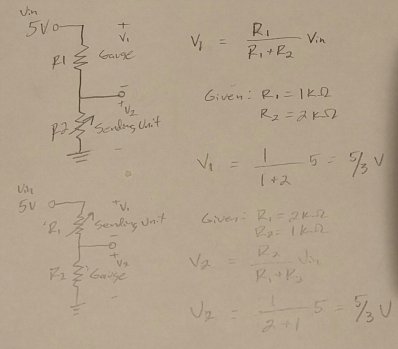Actionjackson
Member
any help would be appreciated. Just completely re wired my 70 Roadrunner. Used American Autowire classic update harness. The harness only supports voltage and not the ammeter gauge that was original. Also had to install a single wire self regulating alternator. Gutted a voltage gauge and planted the face from the OER alternator gauge and put back in original spot in cluster and used nylon washers so the gauge wouldn't ground to cluster housing. Everything works great but the temp and oil pressure gauge. They peg even when disconnected from the senders. They are replacements that worked before the re wire. Any suggestions. Thanks


















